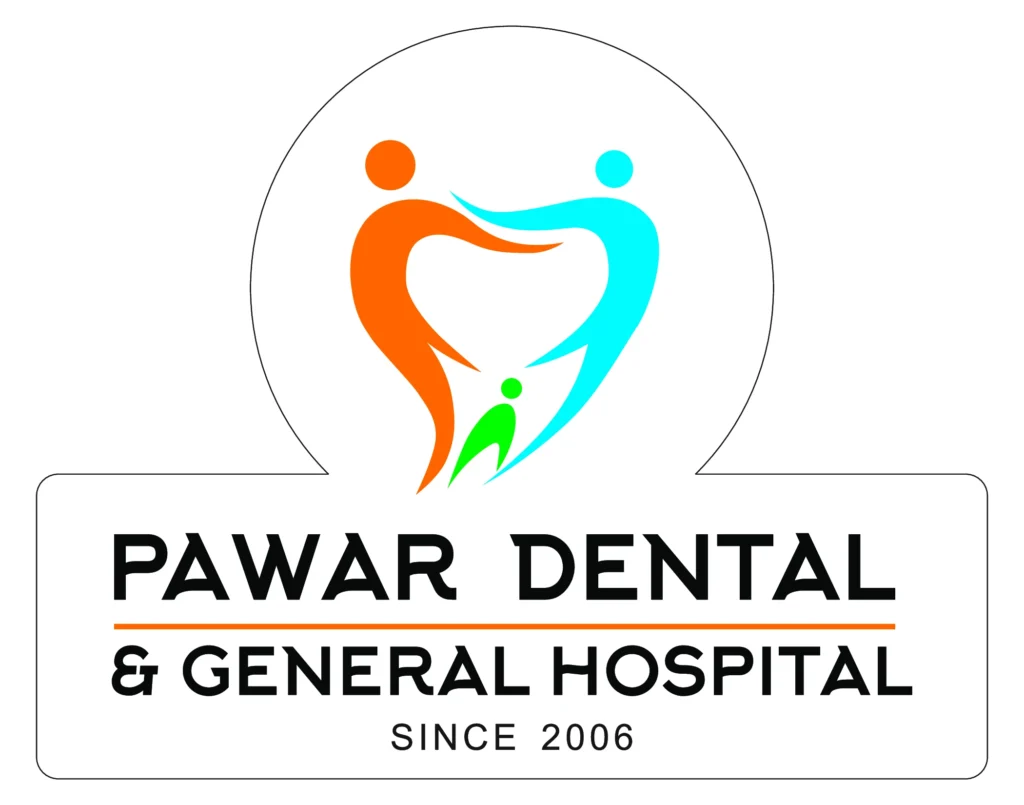Wisdom teeth, often referred to as third molars, are the last set of molars to appear in your mouth. They usually show up between the ages of 17 and 25. Many people have these teeth removed to avoid future problems. Third molar surgery is often suggested because these teeth can grow in awkward positions. This can lead to pain, infection, and damage to other teeth. Hence, the surgery can help ensure your mouth stays healthy and comfortable.
Understanding The Importance of Third Molar Surgery
You might wonder why people need to get their wisdom teeth, or third molars, removed. It’s not always a fun thought, but it can be necessary. Third molar surgery can help prevent serious dental problems down the road. These teeth can sometimes grow in ways that might not suit your mouth. This can cause impacted teeth.
Symptoms of impacted wisdom teeth can include pain, swelling, and jaw stiffness. You might notice impacted third molar symptoms like gum swelling or difficulty opening your mouth. When these symptoms appear, it’s a good idea to talk to a dentist or oral surgeon. They can help decide if third molar surgery is right for you. Surgery can help you avoid tooth decay, infection, and even damage to nearby teeth.
Preparing for Your Surgery Day
Getting ready for third molar surgery might feel a bit overwhelming, but preparation helps everything go smoothly. Start with a visit to your oral surgeon. They will explain the process and ensure you’re comfortable. During the consultation, your surgeon might take X-rays. This helps them understand where your wisdom teeth are and make a plan for the surgery.
You will also discuss anesthesia options. You want to feel as comfortable as possible during the procedure. The surgeon will explain different choices, like local or general anesthesia, and give you clear instructions for the day of surgery. On the day before your third molar surgery, follow these instructions to prepare your body and mind for the procedure.
What to Expect on Surgery Day
Surgery day can be stressful, but knowing what to expect helps calm nerves. Wear comfy clothes since you want to relax. It’s also a good idea to bring a companion who can drive you home afterward.
When you arrive, you’ll check in, and the staff will guide you through the process. They’ll set up the anesthesia to make sure you’re comfortable throughout. While it might sound scary, remember you’re in good hands, and third molar surgery is pretty routine.
During the Surgical Procedure
The surgical process is usually quick, ranging from 45 minutes to an hour. First, your oral surgeon will ensure you are comfortable with anesthesia. They will then carefully remove the molars.
Sometimes, the surgeon needs to make small incisions in the gums or break the teeth into smaller pieces for easier removal. Rest assured, they’re experts at this. Occasionally, there can be complications, but surgeons deal with them effectively to minimize any risk. The goal is to ensure your third molar surgery is as smooth and safe as possible.
Post-Surgery: The Initial Hours
After third molar surgery, expect some numbness and feel a bit groggy if you’ve had general anesthesia. You’ll rest in a recovery room while the team makes sure you’re okay.
You’ll receive a clear set of instructions for recuperating at home. This includes steps on managing any discomfort and keeping your mouth clean to avoid infection. Following these directions is crucial for a quick, safe recovery.
Navigating the First 24 Hours After Surgery
The first day after third molar surgery is all about rest. You might notice some bleeding, swelling, or pain — all normal reactions. Use ice packs and take prescribed painkillers to control discomfort.
Stick to soft foods like yogurt, applesauce, or an easy-to-digest smoothie. Keep your mouth clean by gently rinsing with salt water. Avoid vigorous activities like exercise and get plenty of sleep to aid healing. These initial steps are part of effective third molar surgery aftercare.
Recovery Timeline and Aftercare
Recovery from third molar surgery often varies by person, but there’s a general timeline. The first day is all about rest and managing discomfort. By the second or third day, swelling might peak, but applying ice can help reduce it. Over the next week, the pain and swelling should slowly dissipate.
Remember to keep up with your oral hygiene — brush gently and avoid the affected area. Eating soft foods and avoiding smoking ensure your mouth heals properly. Plan to attend any follow-up appointments as these check-ins are vital. The dentist will look at how your wounds are healing and spot any potential issues, such as third molar gum swelling.
Being vigilant about changes or discomfort ensures any hiccups are caught early. If you notice unusual signs like fever, severe pain, or persistent third molar gum swelling, contact your dentist immediately. These can be warning signs needing attention.
Conclusion: Supporting Your Recovery Journey
Third molar surgery is common and usually goes smoothly. By understanding the procedure and aftercare, you ease the recovery process. Trust the professionals handling your case — they’re skilled and knowledgeable.
Remember, a little preparation and care pave the way for a successful recovery. Encouragement and proactive aftercare help make this a simple, manageable process. Embrace the journey with confidence, knowing you are taking great steps for dental health.
Experience Expert Third Molar Surgery at Pawar Dental and General Hospital
Third molar surgery is a routine procedure that can significantly improve your dental health. At Pawar Dental and General Hospital, our skilled professionals ensure a smooth experience and guide you through recovery with expert aftercare.
Schedule your consultation today and take a confident step towards better dental health!



